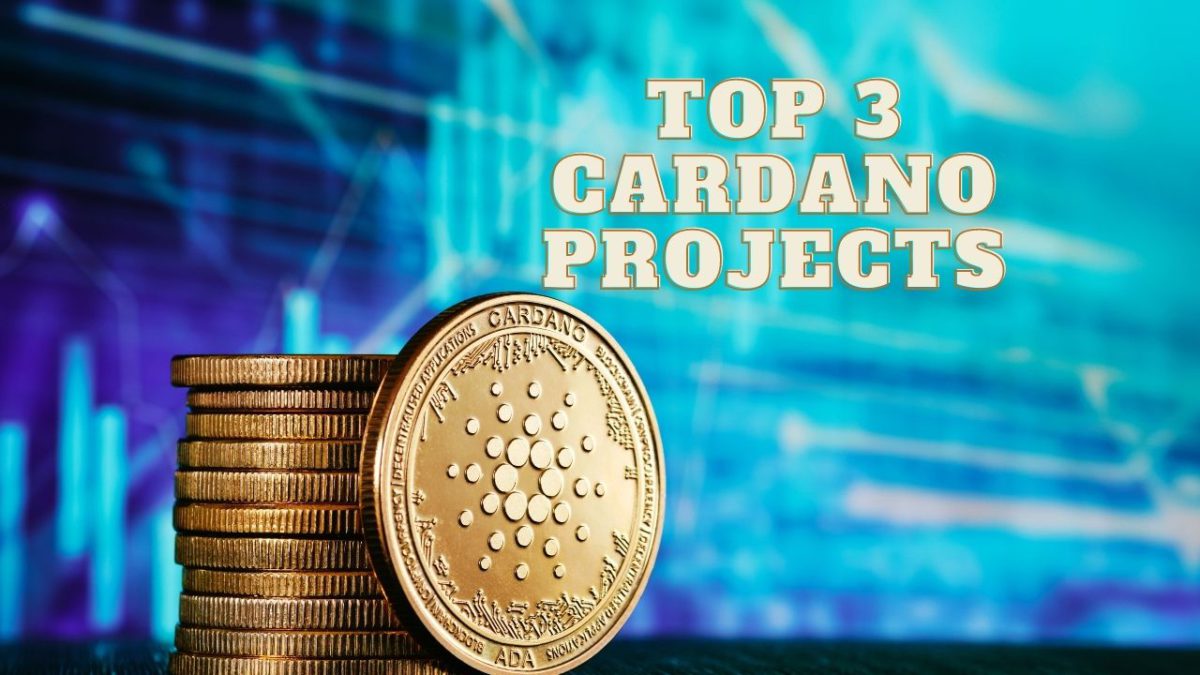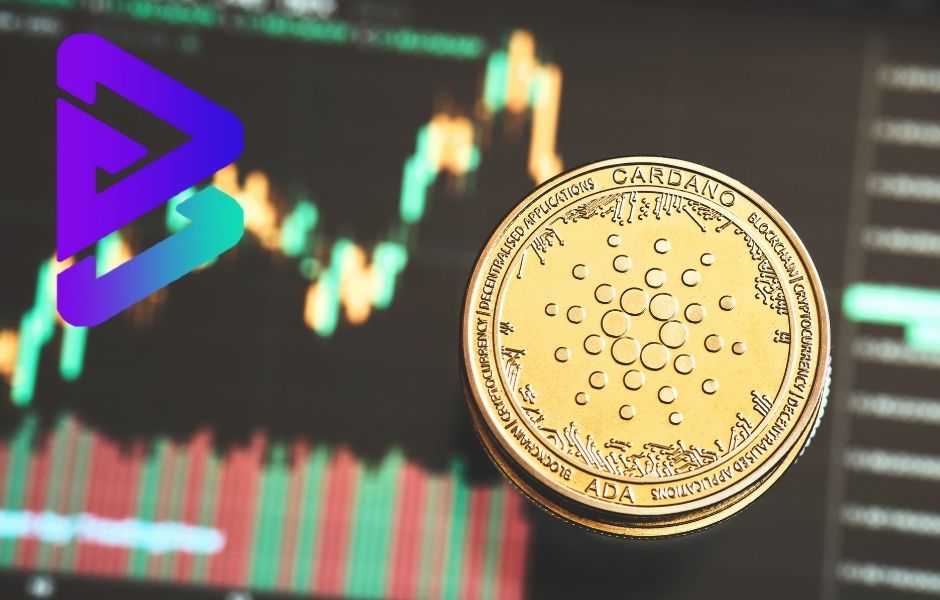Liquidity Mining on the Blockchain: Amazing Ways It’s Changing DeFi Protocols In 2024
Liquidity mining is a new and exciting way for people to earn rewards in the world of cryptocurrencies. It has helped many decentralized finance (DeFi) platforms grow rapidly. By allowing users to lend their digital assets, liquidity mining increases the amount of money available for trading, making it easier for everyone to buy and sell cryptocurrencies. This article explores how liquidity mining works, its benefits, challenges, and its future in the DeFi landscape.
Key Takeaways
- Liquidity mining allows users to earn rewards by providing funds to DeFi platforms.
- It has played a big role in the growth of decentralized finance, making trading easier and more efficient.
- Users can face risks like impermanent loss when the value of their assets changes unexpectedly.
- Different types of liquidity mining protocols exist, each with unique features and goals.
- The future of liquidity mining may focus on sustainability and long-term stability for DeFi projects.
Understanding Blockchain Liquidity Mining
Definition and Basic Concepts
Liquidity mining is a process where users earn rewards by providing liquidity to decentralized finance (DeFi) protocols. This method allows participants to earn tokens by depositing their assets into liquidity pools. These pools are essential for enabling trading on decentralized exchanges (DEXs) and ensuring that transactions can occur smoothly.
Historical Development and Milestones
Liquidity mining gained popularity in 2020, significantly contributing to the growth of the DeFi ecosystem. It was first introduced by IDEX in 2017 and later refined by protocols like Synthetix and Chainlink. The launch of Compound and Uniswap in mid-2020 marked a turning point, leading to a surge in liquidity mining activities. Here are some key milestones:
- 2017: Introduction by IDEX.
- 2019: Refinement by Synthetix and Chainlink.
- 2020: Major adoption by Compound and Uniswap.
Key Players and Protocols
Several protocols have emerged as leaders in liquidity mining, each offering unique features and incentives. Some of the most notable include:
- Uniswap: Pioneered the automated market maker (AMM) model.
- Compound: Introduced liquidity mining to incentivize users.
- SushiSwap: Forked from Uniswap, adding community governance.
Liquidity mining has transformed the DeFi landscape, making it easier for users to earn rewards while contributing to the ecosystem’s growth.
By participating in liquidity mining, users not only earn tokens but also help maintain the liquidity necessary for efficient trading. This process has become a vital part of the DeFi world, attracting many investors eager to capitalize on the opportunities it presents.
Overall, liquidity mining is a game-changer in the DeFi space, enabling users to profit while supporting the ecosystem.
Mechanics of Liquidity Mining
How Liquidity Pools Work
Liquidity pools are essential for the functioning of decentralized exchanges (DEXs). They are collections of cryptocurrency pairs, like ETH/USDC or BTC/DAI, locked within smart contracts. These pools allow users to trade without needing a traditional order book. When users deposit their tokens into these pools, they help provide the necessary liquidity for trading.
Role of Automated Market Makers (AMMs)
Automated Market Makers (AMMs) are protocols that facilitate trading by using liquidity pools. Instead of matching buyers and sellers, AMMs use algorithms to set prices based on the available liquidity. This means that:
- Users can trade tokens directly from the pool.
- Liquidity providers earn fees from trades that occur in the pool.
- AMMs help maintain price stability by adjusting prices based on supply and demand.
Reward Distribution and Incentives
In liquidity mining, participants earn rewards for providing liquidity. These rewards often come in the form of the protocol’s native tokens. Here’s how it typically works:
- Users deposit tokens into a liquidity pool.
- They receive liquidity provider (LP) tokens in return, representing their share of the pool.
- As trades occur, fees are collected and distributed to LPs based on their share of the pool.
Liquidity mining is a way for users to earn passive income by simply providing liquidity to DEXs. It’s a win-win situation for both traders and liquidity providers.
| Token Type | Reward Mechanism | Example Protocols |
|---|---|---|
| Native Tokens | Earned through trading fees | Uniswap, SushiSwap |
| Governance Tokens | Earned for voting rights | Compound, Aave |
By participating in liquidity mining, users not only help improve the overall liquidity of the market but also gain potential rewards for their contributions. This system has become a vital part of the DeFi ecosystem, encouraging more users to engage with decentralized finance.
Benefits of Blockchain Liquidity Mining
Improving Overall Liquidity
Liquidity mining plays a crucial role in enhancing the overall liquidity of decentralized finance (DeFi) platforms. By encouraging users to deposit their assets into liquidity pools, it helps ensure that there are enough funds available for trading. This increased liquidity allows for smoother transactions and better price stability.
Promoting Price Discovery
Another significant benefit of liquidity mining is its ability to promote price discovery. When more users participate in liquidity pools, it leads to a more accurate reflection of asset values based on supply and demand. This process helps traders make informed decisions and can lead to a more efficient market.
Effective Marketing Strategies
Liquidity mining can also serve as an effective marketing tool for DeFi projects. By offering rewards to liquidity providers, projects can attract attention and build a community around their platform. Here are some key points to consider:
- Increased visibility: Projects gain exposure through liquidity mining campaigns.
- Community engagement: Users feel more connected to the project when they have a stake in its success.
- Attracting new users: Incentives can draw in participants who may not have otherwise engaged with the platform.
Overall, liquidity mining not only benefits individual users but also strengthens the entire DeFi ecosystem by fostering a more vibrant and engaged community.
Challenges and Risks in Liquidity Mining
Impermanent Loss
One of the main challenges in liquidity mining is impermanent loss. This occurs when the value of tokens in a liquidity pool changes compared to when they were deposited. If you withdraw your tokens after a price drop, you might end up with less value than if you had just held onto them. Understanding this risk is crucial for anyone participating in liquidity mining.
Smart Contract Vulnerabilities
Another significant risk involves smart contracts. These are the codes that run the liquidity pools. If there are bugs or flaws in the code, it can lead to major losses. It’s essential to use platforms that have been thoroughly audited to minimize this risk.
Sustainability Issues
Lastly, there are concerns about the long-term sustainability of liquidity mining. Many protocols offer high rewards to attract liquidity, but these incentives may not last forever. If the rewards decrease, it could lead to a drop in participation, affecting the overall liquidity of the platform.
| Risk Type | Description | Mitigation Strategies |
|---|---|---|
| Impermanent Loss | Loss due to price changes in tokens. | Diversify investments and monitor closely. |
| Smart Contract Flaws | Bugs in the code can lead to losses. | Use audited platforms. |
| Sustainability Issues | High rewards may not be sustainable long-term. | Stay informed about protocol changes. |
Liquidity mining can be a rewarding venture, but it’s important to be aware of the risks involved. Always do your research before participating.
Types of Liquidity Mining Protocols
Liquidity mining has become a popular method in the DeFi space, and there are several types of protocols that utilize it. Each type has its own unique features and benefits. Here are the main categories:
Fair Decentralization Protocols
These protocols aim for a broader and equal distribution of tokens. They reward active community members by giving them governance tokens. This means that anyone who joins the platform can participate without needing to buy tokens first. This approach helps ensure that the community has a say in how the protocol operates.
Progressive Decentralization Protocols
In these protocols, control is not given to the community right away. Developers may take time, sometimes several months, to set up a governance model after launching the platform. This means that the community might not have a say in decisions until the protocol is more established. The tokens can also be available on the market before governance is fully implemented.
Marketing-Oriented Protocols
These protocols focus on building a user base before launching. They often announce their projects weeks in advance and encourage potential users to promote the platform. This strategy helps gather funds for liquidity, which can be locked for a longer time. By doing this, they create excitement and interest even before the platform is live.
| Protocol Type | Key Features |
|---|---|
| Fair Decentralization | Community governance tokens, equal access |
| Progressive Decentralization | Delayed governance, market-listed tokens |
| Marketing-Oriented | Pre-launch promotion, user base building |
Each type of liquidity mining protocol plays a crucial role in shaping the DeFi landscape. Understanding these differences can help investors make informed decisions about where to participate.
Future Trends in Blockchain Liquidity Mining
Protocol-Owned Liquidity
One of the most exciting trends is the rise of protocol-owned liquidity. This concept allows protocols to own their liquidity rather than relying solely on external liquidity providers. This shift can lead to more stable and sustainable liquidity, reducing the risks associated with impermanent loss.
Long-Term Commitment and Stability
As liquidity mining matures, there is a growing focus on long-term commitment from liquidity providers. Protocols are now designing incentives that reward users for sticking around longer. This trend aims to create a more stable environment for both users and protocols, fostering a sense of community and trust.
Governance and Decentralization
The future of liquidity mining also points towards enhanced governance models. Many protocols are exploring ways to decentralize decision-making, allowing users to have a say in how liquidity is managed. This shift towards decentralization can empower users and create a more democratic ecosystem.
The evolution of liquidity mining is not just about rewards; it’s about building a sustainable and inclusive financial system.
Summary of Future Trends
| Trend | Description |
|---|---|
| Protocol-Owned Liquidity | Protocols owning their liquidity for stability. |
| Long-Term Commitment | Incentives for users to stay longer in the ecosystem. |
| Governance and Decentralization | Empowering users in decision-making processes. |
Conclusion
In summary, liquidity mining is reshaping the world of decentralized finance (DeFi) in exciting ways. It allows both small and large investors to earn rewards by providing liquidity to various platforms. This method not only boosts the growth of DeFi but also makes it more accessible for everyone. As more people join in, we can expect to see even more innovation and opportunities in this space. However, it’s important for participants to be aware of the risks involved, such as price changes and potential losses. Overall, liquidity mining is a key player in the future of finance, making it a topic worth keeping an eye on.
Frequently Asked Questions
What is liquidity mining in simple terms?
Liquidity mining means earning rewards by putting your digital assets into a pool that helps a decentralized exchange work better.
How does liquidity mining benefit me?
By participating in liquidity mining, you can earn tokens or fees just for providing your assets to help others trade.
Are there risks involved in liquidity mining?
Yes, risks include losing money if the value of your tokens changes or if there are problems with the smart contracts.
Do I need a lot of money to start liquidity mining?
No, even small amounts can be used for liquidity mining, making it accessible for many people.
How do I choose a good liquidity mining protocol?
Look for protocols with a solid reputation, clear rules, and good rewards for participants.
What happens to my tokens when I provide liquidity?
Your tokens are held in a pool and used for trading, but you can usually take them back later.
Stay informed with daily updates from Blockchain Magazine on Google News. Click here to follow us and mark as favorite: [Blockchain Magazine on Google News].
Get Blockchain Insights In Inbox
Stay ahead of the curve with expert analysis and market updates.
latest from tech
Disclaimer: Any post shared by a third-party agency are sponsored and Blockchain Magazine has no views on any such posts. The views and opinions expressed in this post are those of the clients and do not necessarily reflect the official policy or position of Blockchain Magazine. The information provided in this post is for informational purposes only and should not be considered as financial, investment, or professional advice. Blockchain Magazine does not endorse or promote any specific products, services, or companies mentioned in this posts. Readers are encouraged to conduct their own research and consult with a qualified professional before making any financial decisions. The featured image used is just a creative depiction of the title and it does not intend to hurt sentiments of any person or institution. If it hurts anyone sentiments, please do not hesitate to reach out to Blockchain Magazine.

 Bitcoin
Bitcoin  Ethereum
Ethereum  XRP
XRP  Tether
Tether  Solana
Solana  Dogecoin
Dogecoin  USDC
USDC  Cardano
Cardano  Lido Staked Ether
Lido Staked Ether  TRON
TRON  Chainlink
Chainlink  Avalanche
Avalanche  Wrapped stETH
Wrapped stETH  Stellar
Stellar  Wrapped Bitcoin
Wrapped Bitcoin  Sui
Sui  Hedera
Hedera  Toncoin
Toncoin  Shiba Inu
Shiba Inu  WETH
WETH  Polkadot
Polkadot  Parkcoin
Parkcoin  LEO Token
LEO Token  Litecoin
Litecoin  Bitcoin Cash
Bitcoin Cash  Bitget Token
Bitget Token  Uniswap
Uniswap  Official Trump
Official Trump  Hyperliquid
Hyperliquid  Wrapped eETH
Wrapped eETH  Pepe
Pepe  USDS
USDS  NEAR Protocol
NEAR Protocol  Ethena USDe
Ethena USDe  Aave
Aave  Aptos
Aptos  Internet Computer
Internet Computer  Ondo
Ondo  Ethereum Classic
Ethereum Classic  Monero
Monero  POL (ex-MATIC)
POL (ex-MATIC)  OKB
OKB  Cronos
Cronos  Mantle
Mantle  Dai
Dai  Algorand
Algorand  MANTRA
MANTRA  Render
Render 




